After 30 years of quietly collecting and researching, Mr. Pham Tue, 79 years old, possesses a wealth of knowledge and a huge archive of documents about French architectural heritage in Hai Phong city.
Born in Hanoi, at the age of 6, Mr. Tue moved to Hai Phong City to live. He was guided by his older brothers and sisters to collect postage stamps from Indochina, France, and the United States. He learned about them and gradually fell in love with them. He bought a lot of domestic and foreign books and newspapers, filling the bookshelves in the family's 30 square meter living room.
Sharing the reason for collecting French architectural heritage, Mr. Tue said that in 1993, he read the Hai Phong newspaper and saw on the front page a photo of the entire Lac Long bridge when the girders were installed, next to the Joffre iron bridge, which Hai Phong people often call Ha Ly bridge. Joffre bridge crosses the Tam Bac river, connecting directly to Paul Bert avenue (now Dien Bien Phu street), has existed for 72 years, and is a vestige of the day Hai Phong was liberated, when military units crossed this bridge to take over the city.
Looking at the photo, Mr. Tue was startled to think of the prospect that French architectural works would be lost or demolished to serve the city's development, and future generations would not understand their meaning and value. "From then on, I came up with the idea of collecting documents on French-style urban heritage in Hai Phong," he said.
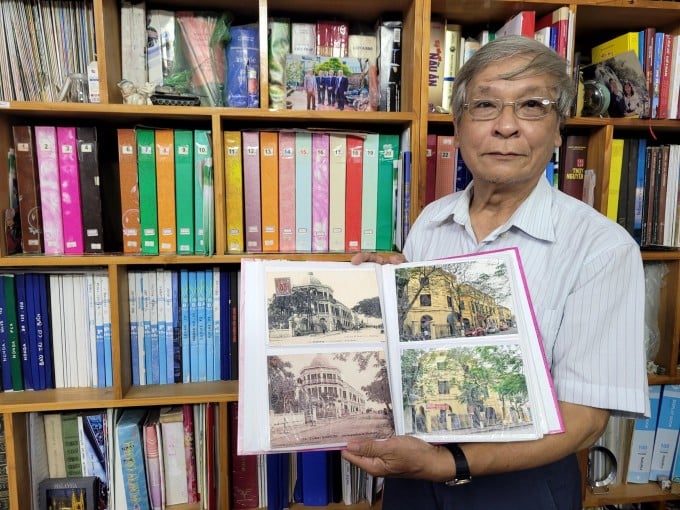
Mr. Pham Tue and the photo archive of Hai Phong past and present that he collected and took. Photo: Le Tan
As a teacher who is good at French and has relationships with many French-Vietnamese cultural and historical researchers, in the early days of collecting, Mr. Tue received photos via email from these people. The original photos were retaken, poor quality and had little related information.
In 2008, Mr. Tue received a link containing valuable documents collected by the National Library of France. "It's a giant maze. You can't just go in and find what you want. There are rare photos and documents that I found on there. There are things that I used many keywords in French but still couldn't find," Mr. Tue shared.
Every day, Mr. Tue spends hours on the link to download photos or read information recorded by the French about old Hai Phong. For him, a photo is worth a thousand words. Through the photos, viewers can imagine the appearance and life of Hai Phong people from the time the French arrived and left in 1955.
Taking a photo of the French concession in Hai Phong from the book Journey from Egypt to Indochina by Hyppolite Arnoux and Emile Gsell, published in 1880, he introduced this as the oldest photo of Hai Phong taken by Emile Gsell around the end of 1876. From the photo, it can be seen that Hai Phong's beginnings were very rudimentary compared to Hanoi and Saigon, but from the end of the 1880s it developed strongly.
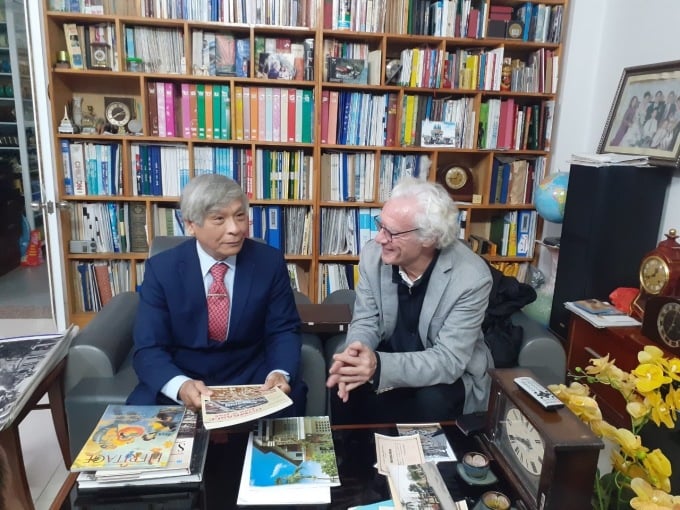
Mr. Thierry Van de Wyngaert, President of the French Academy of Architecture, visited and discussed with Mr. Tue in 2022. Photo: NVCC
Not only collecting photos, Mr. Tue also systematizes the story, context, reality of the objects and events that the photos describe, correcting incorrect information online. "On Wikipedia , Hai Phong Opera House was built in 1904 and completed in 1912. However, many photos of the building were taken in 1901 and 1904. Original French documents confirm that the theater was inaugurated in September 1900," said Mr. Tue.
Information on the internet also claims that Hanoi was the first city in Asia to have electric lighting under the Governor General of Indochina Paul Doumer. But according to Mr. Tue, that is not true. Hai Phong had its first electric lighting on February 1, 1893, nearly 2 years before Hanoi, and Saigon a year later (1896). The Cua Cam Hai Phong Power Plant, which began construction on April 16, 1892, was the first power plant in Indochina and the second in Asia, 5 years after Japan.
Not satisfied with the old photos, Mr. Tue bought a camera and took more photos every morning of the first and second day of the Lunar New Year. "At that time, the roads were empty, the weather was nice, the trees had few leaves, so many beautiful angles were revealed, similar to the old photos I have," he explained. From 2,000 old photos, Mr. Tue took 10,000 more photos today to strengthen his archive.
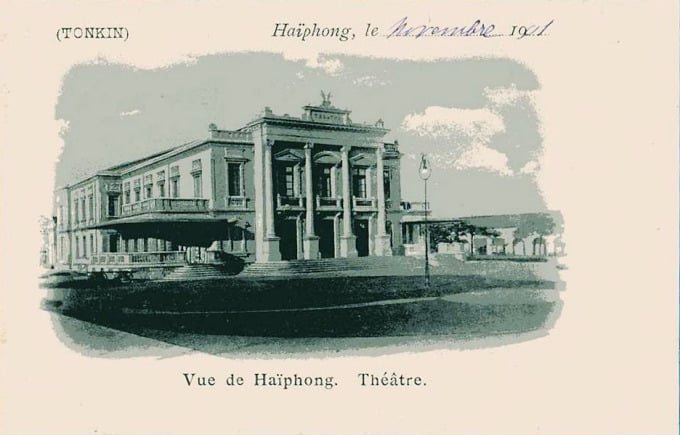
The photo of Hai Phong Opera House taken in 1901 was taken by Mr. Tue from the National Library of France.
After a long period of research, in 2013, with the support of Mr. Hoang Van Ke, Vice Chairman of Hai Phong City People's Committee, Mr. Tue brought valuable photos to an exhibition with the theme of French architectural imprints in the process of formation and development of Hai Phong city . He cried when he saw many seniors coming to see, moved to tell about the place where they lived through the photos.
After the exhibition, many researchers and architects came to Mr. Tue to gain more knowledge and materials for their work. In December 2022, Mr. Thierry Van de Wyngaert, President of the French-Vietnamese Academy of Architecture, and two architects visited Vietnam to meet Mr. Tue to learn more about the work of preserving French architectural heritage in Hai Phong.
"At the end of this year, on the occasion of the 50th anniversary of the establishment of diplomatic relations between France and Vietnam, I will advise and provide materials for a group of architects to create an exhibition and publish a book about ancient Hai Phong, as Saigon and Hanoi have done," said Mr. Tue.
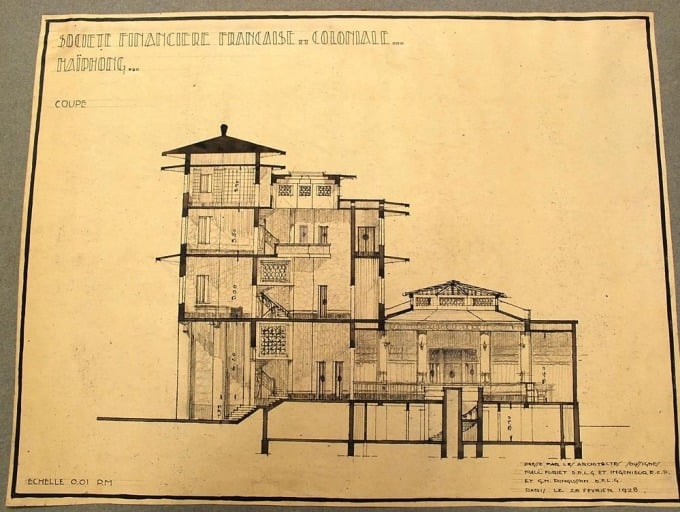
Five-star Bank design drawings collected by Mr. Tue.
Highly appreciating Mr. Tue's archive, Dr. Doan Truong Son, Chairman of the Hai Phong Historical Science Association, said that Mr. Tue's images and documents help the government, researchers and people understand more correctly and accurately the formation and development process of Hai Phong.
Le Tan
Source link


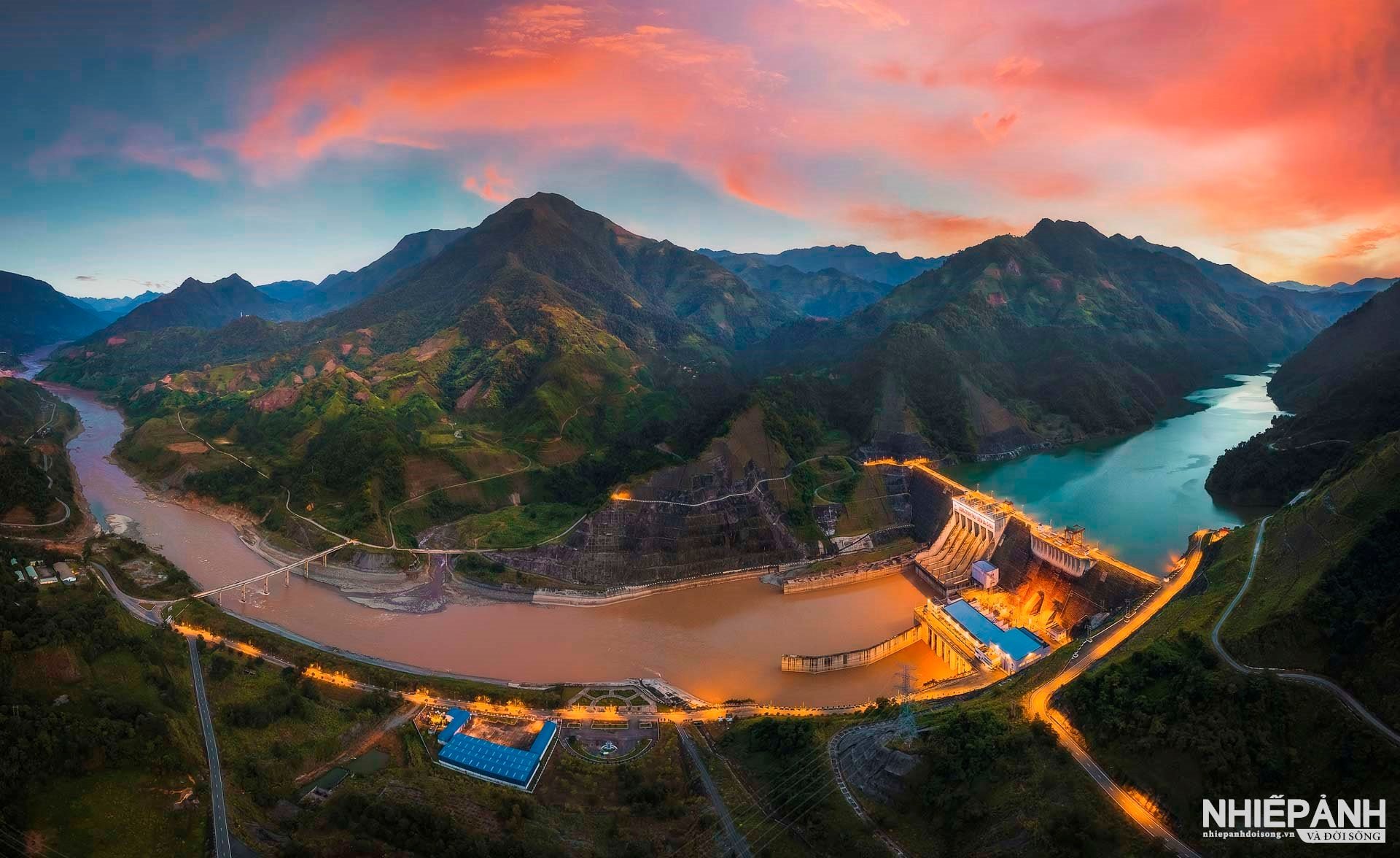
![[Photo] General Secretary To Lam receives US Ambassador to Vietnam Marc E. Knapper](https://vstatic.vietnam.vn/vietnam/resource/IMAGE/2025/3/31/5ee45ded5fd548a685618a0b67c42970)
![[Photo] 2nd Conference of the Party Executive Committee of Central Party Agencies](https://vstatic.vietnam.vn/vietnam/resource/IMAGE/2025/3/31/8f85b88962b34701ac511682b09b1e0d)
![[Photo] Speeding up construction of Ring Road 3 and Bien Hoa-Vung Tau Expressway](https://vstatic.vietnam.vn/vietnam/resource/IMAGE/2025/3/31/f1431fbe7d604caba041f84a718ccef7)

![[Photo] Prime Minister Pham Minh Chinh receives delegation of leaders of US universities](https://vstatic.vietnam.vn/vietnam/resource/IMAGE/2025/3/31/8be7f6be90624512b385fd1690124eaa)


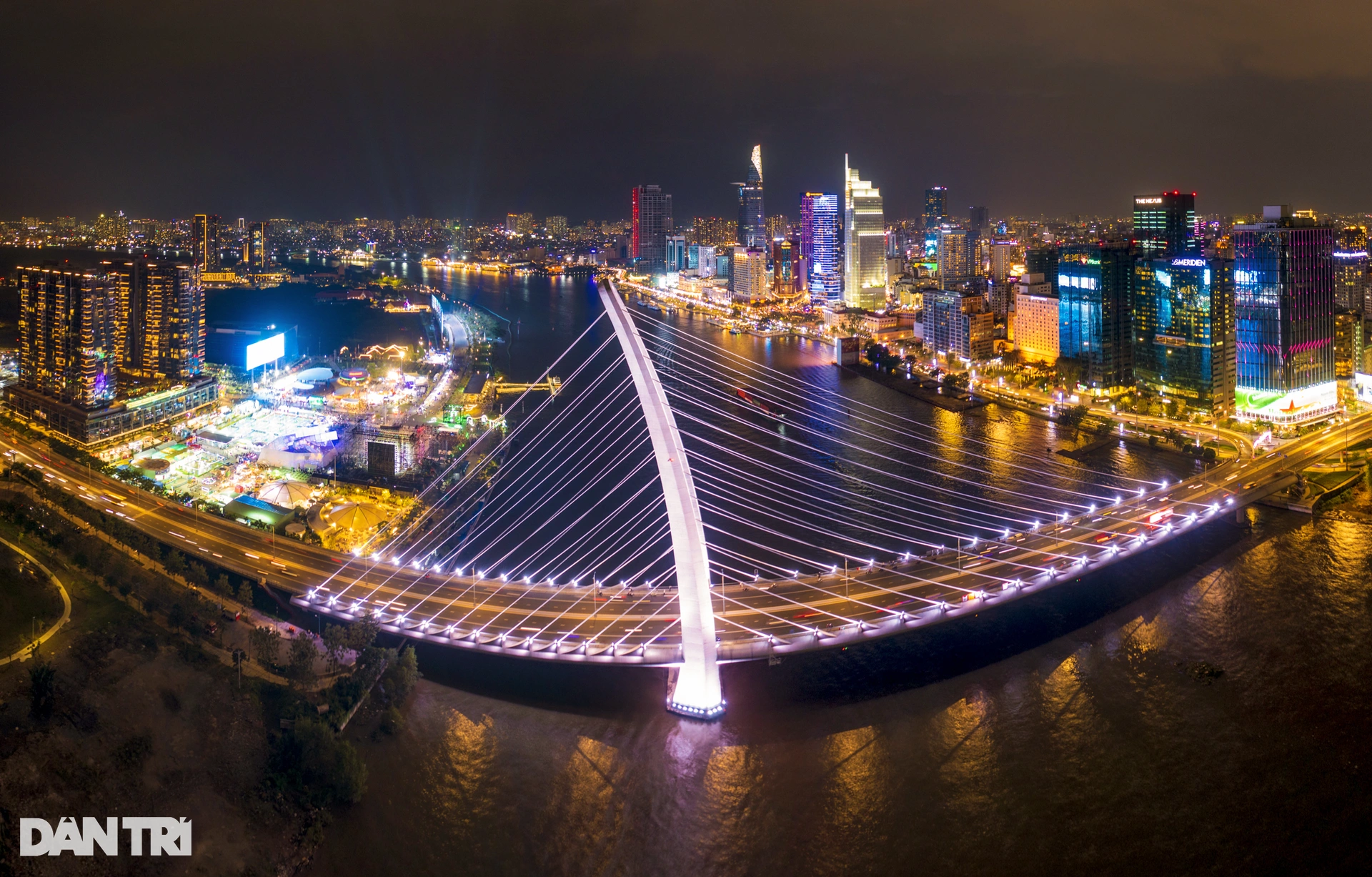
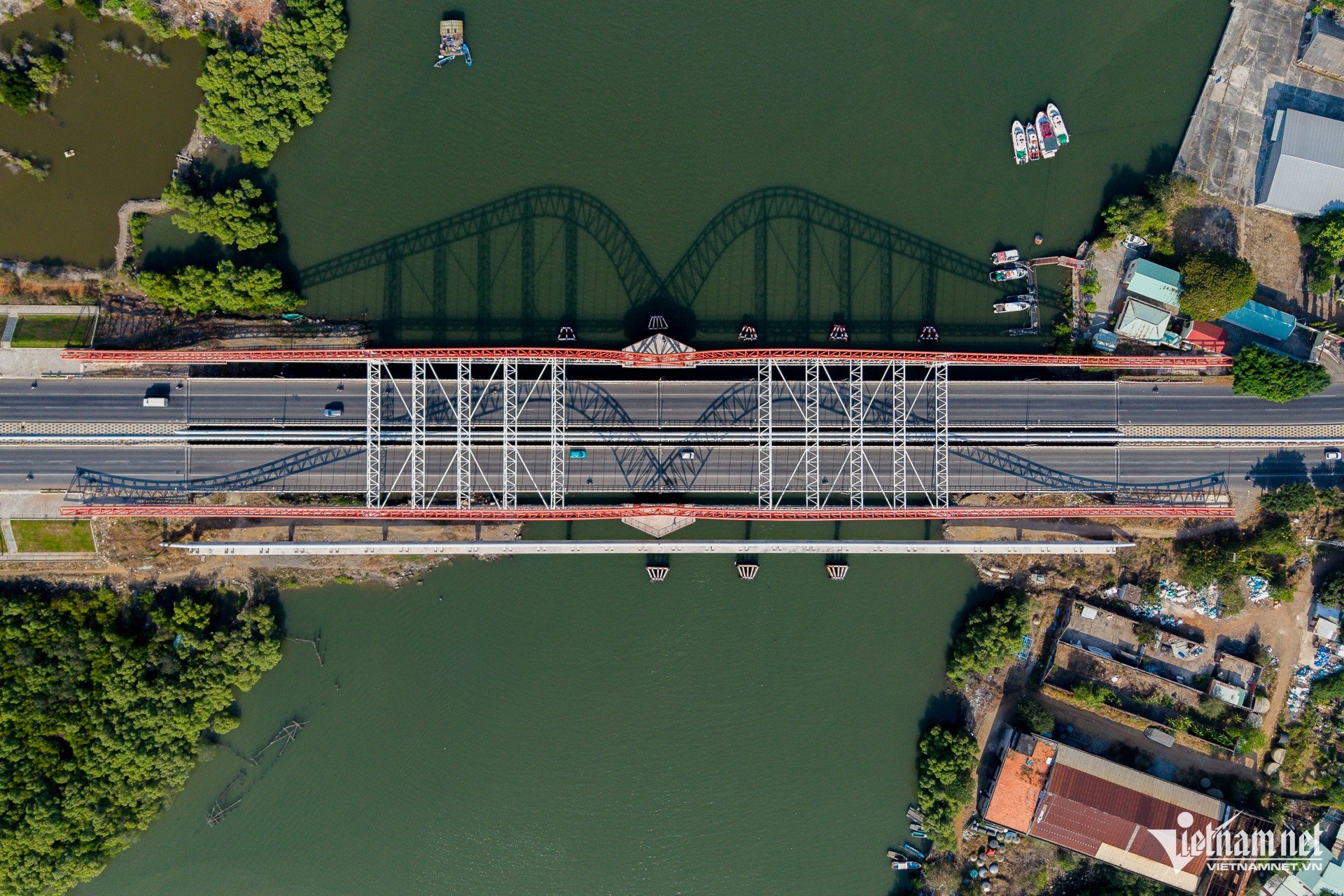
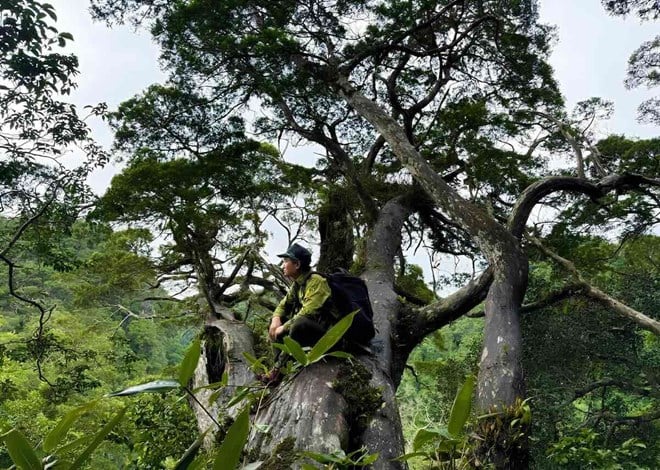

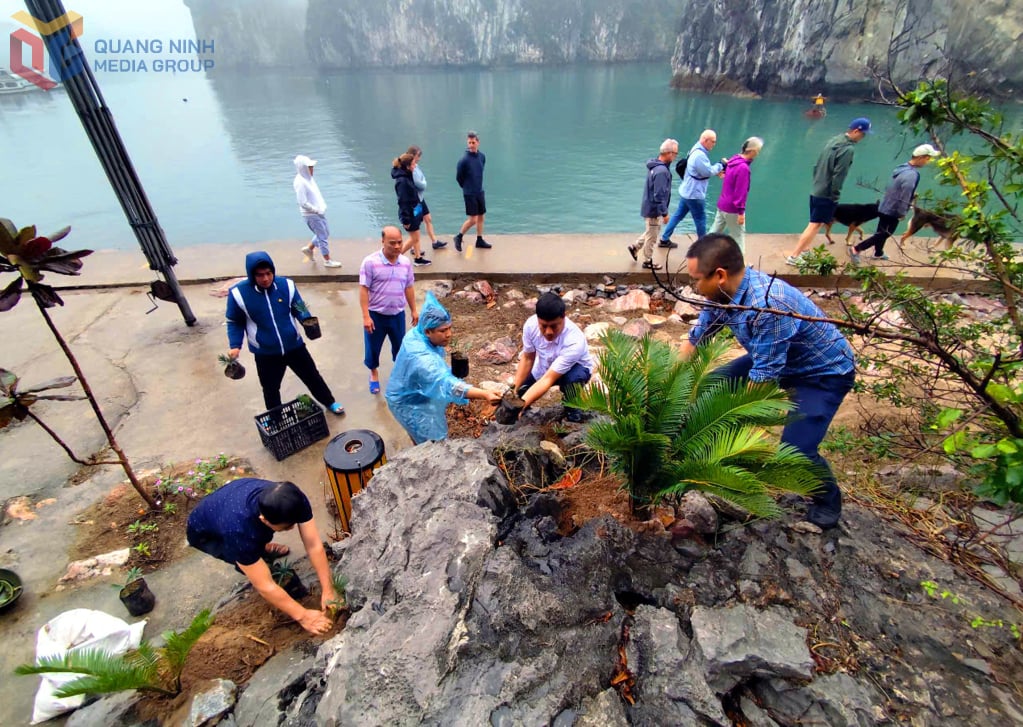

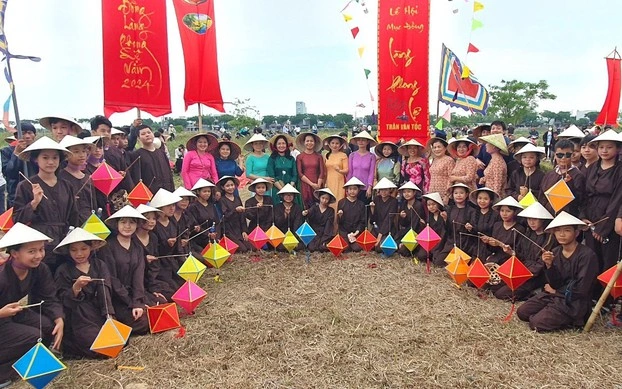

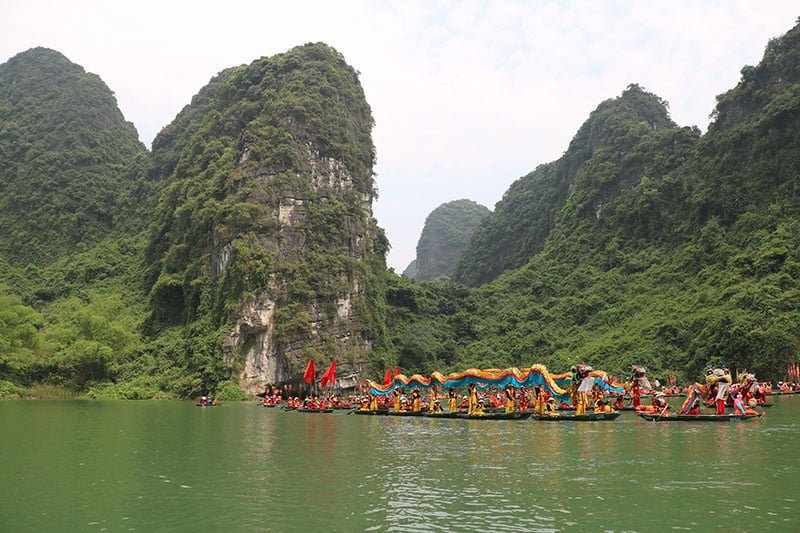



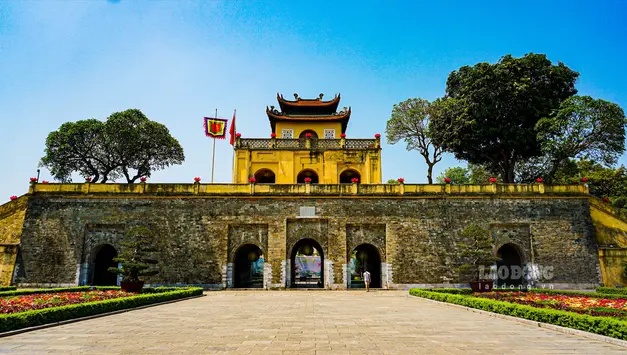



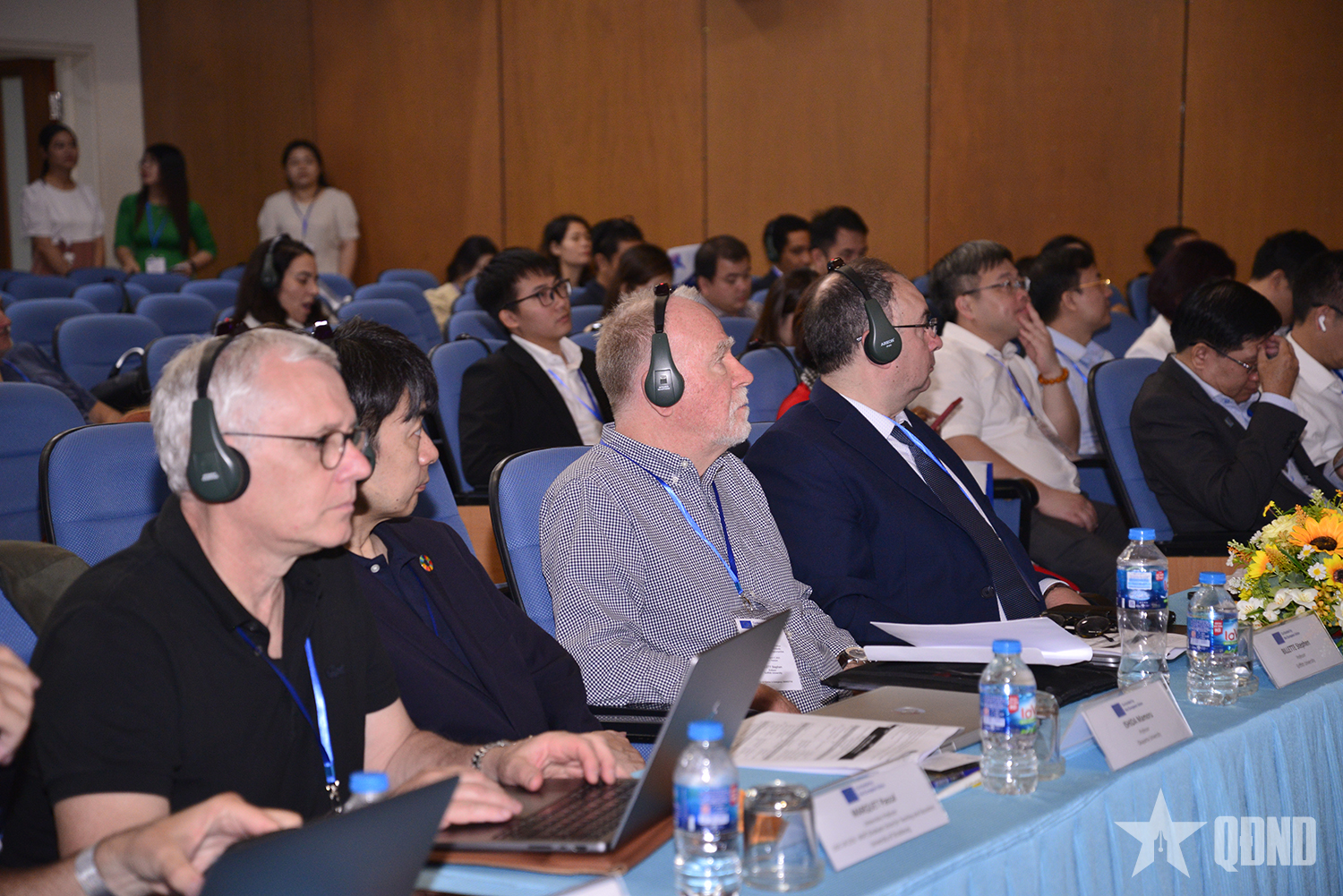



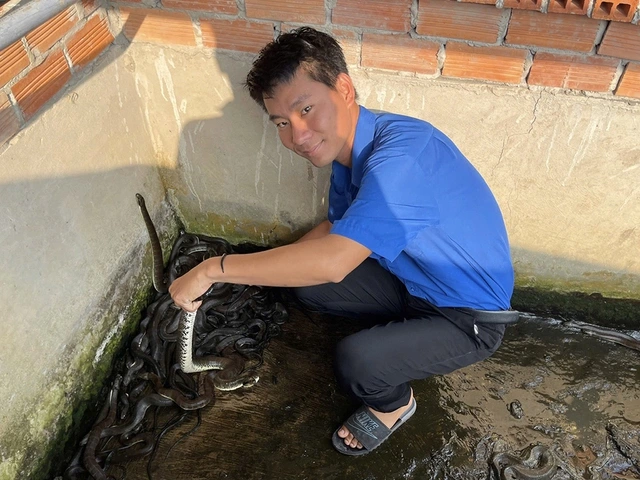











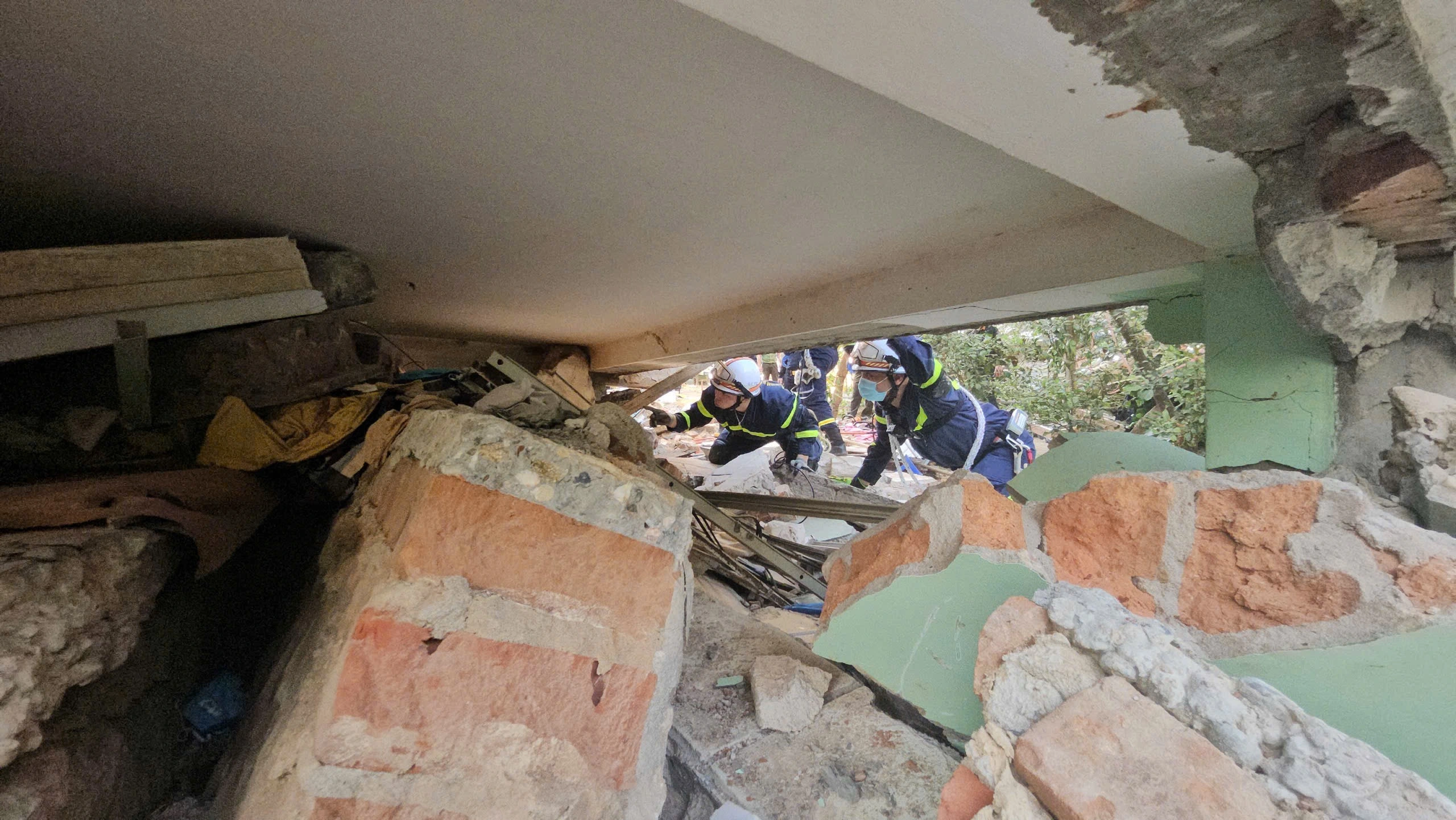
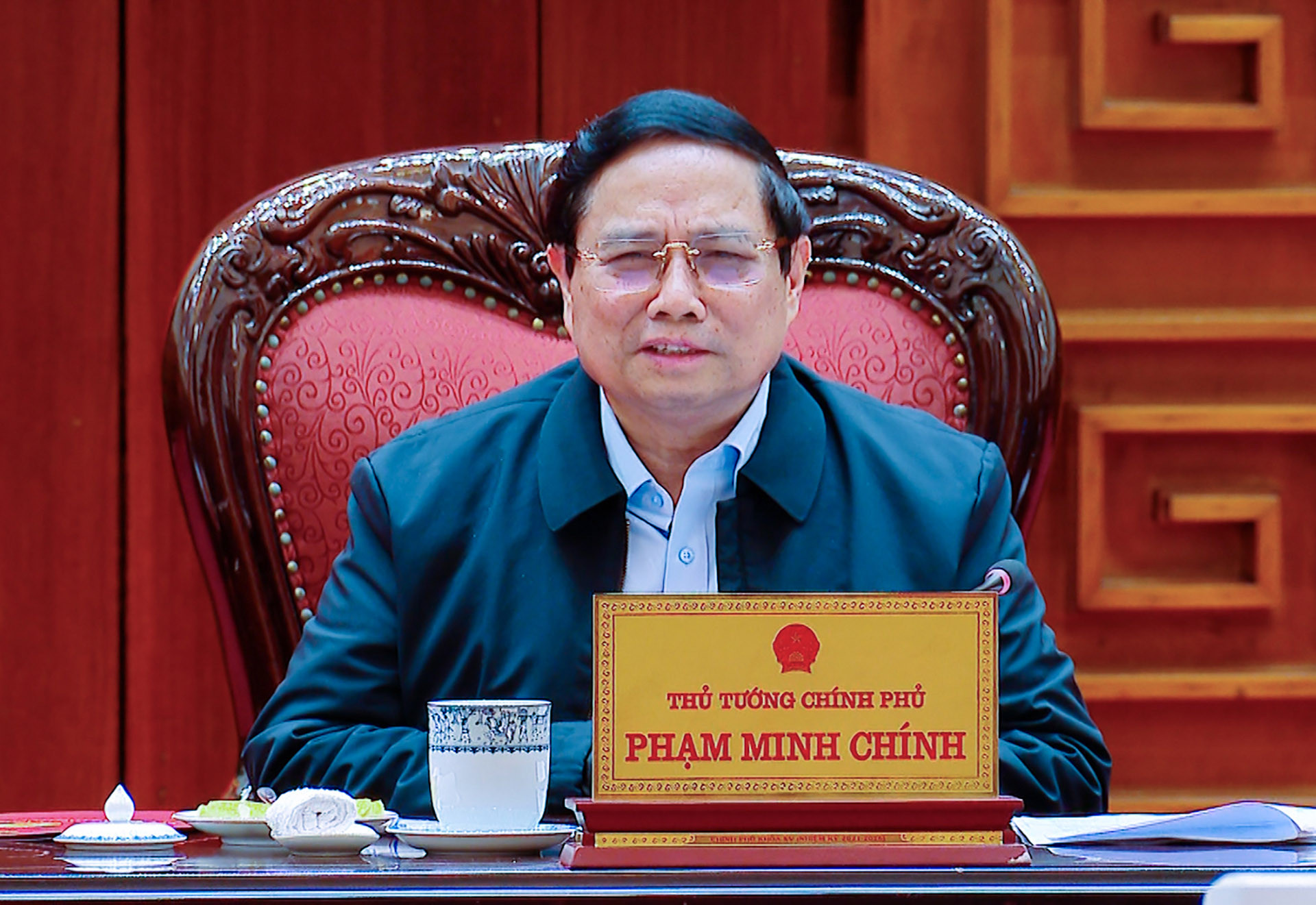

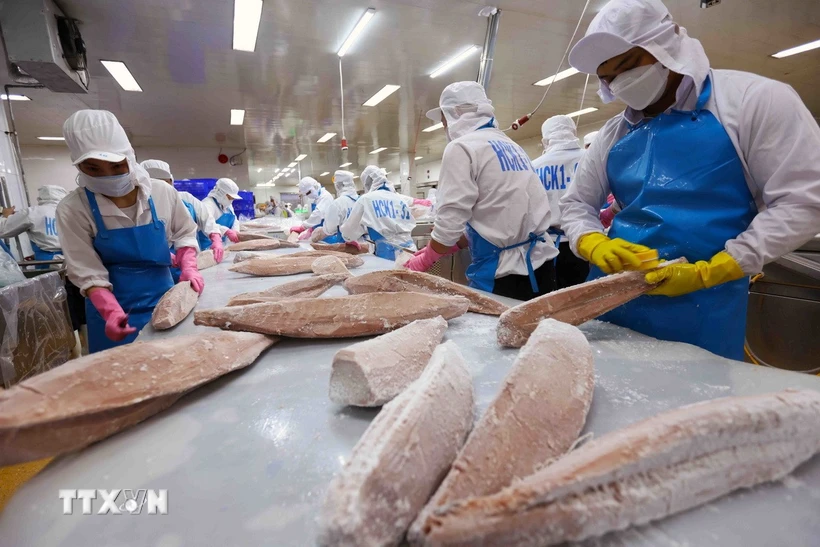




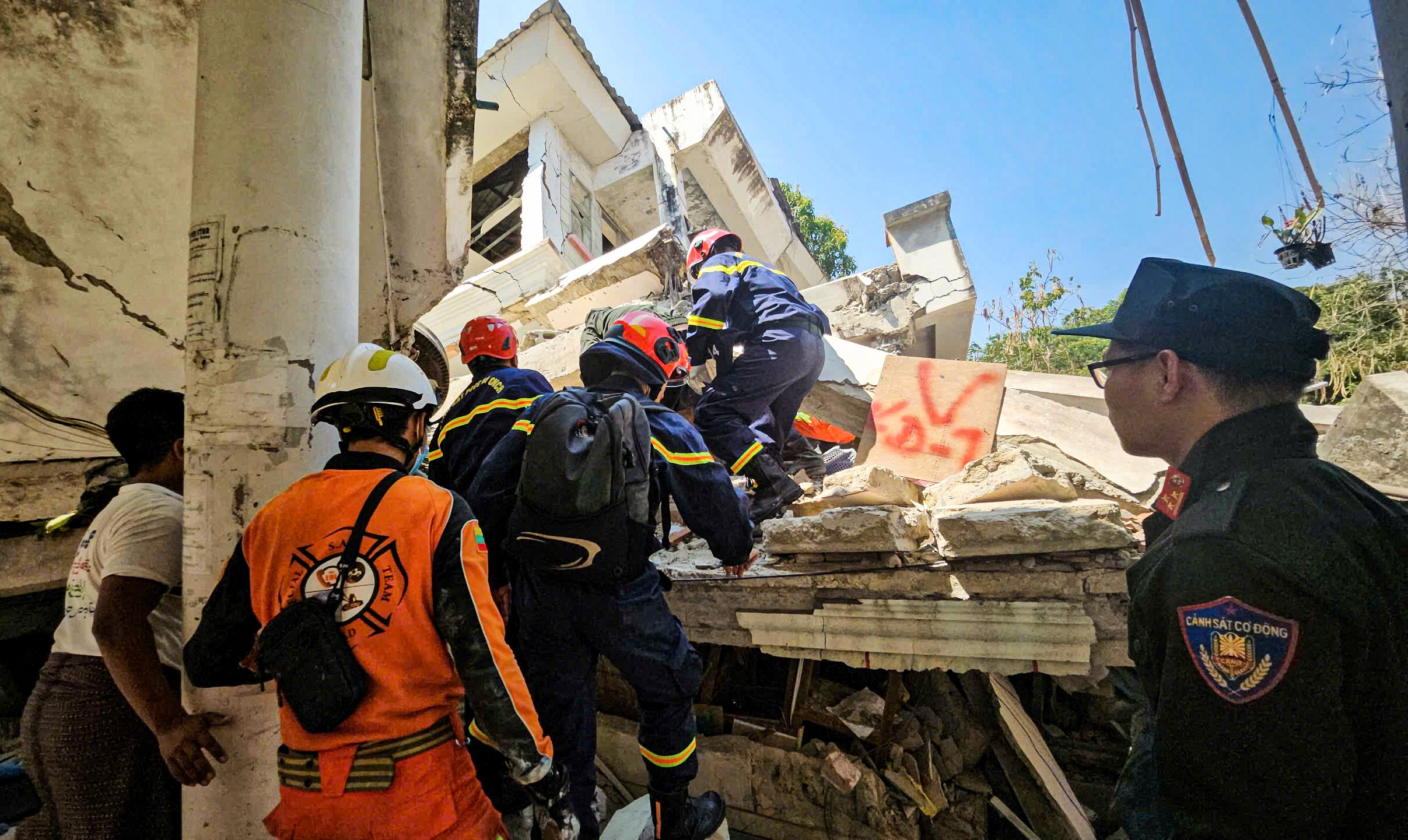



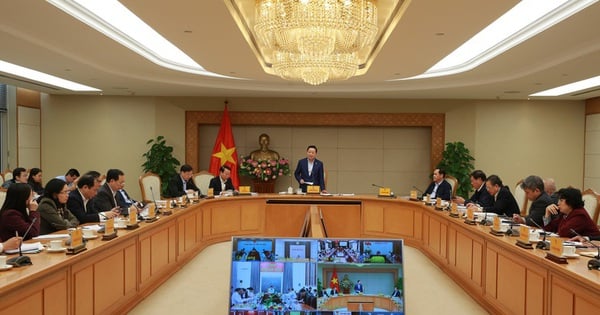
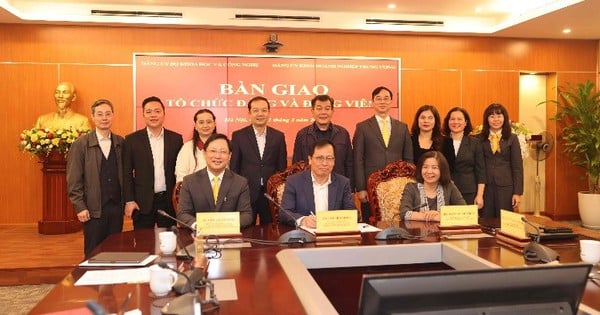

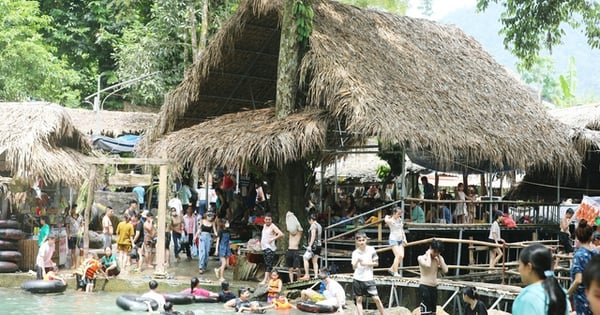
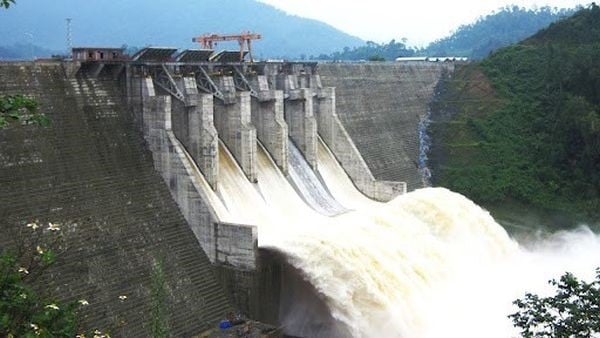

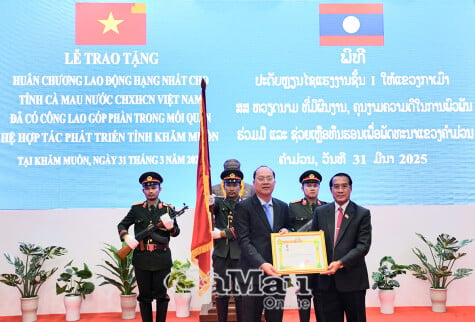

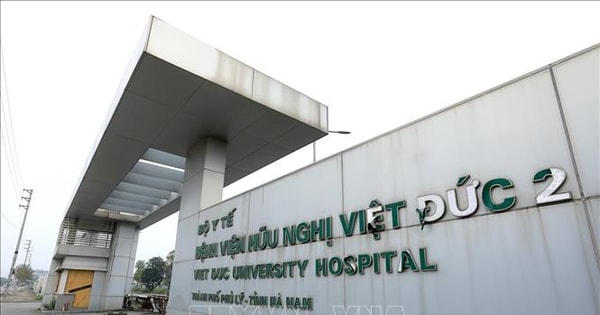

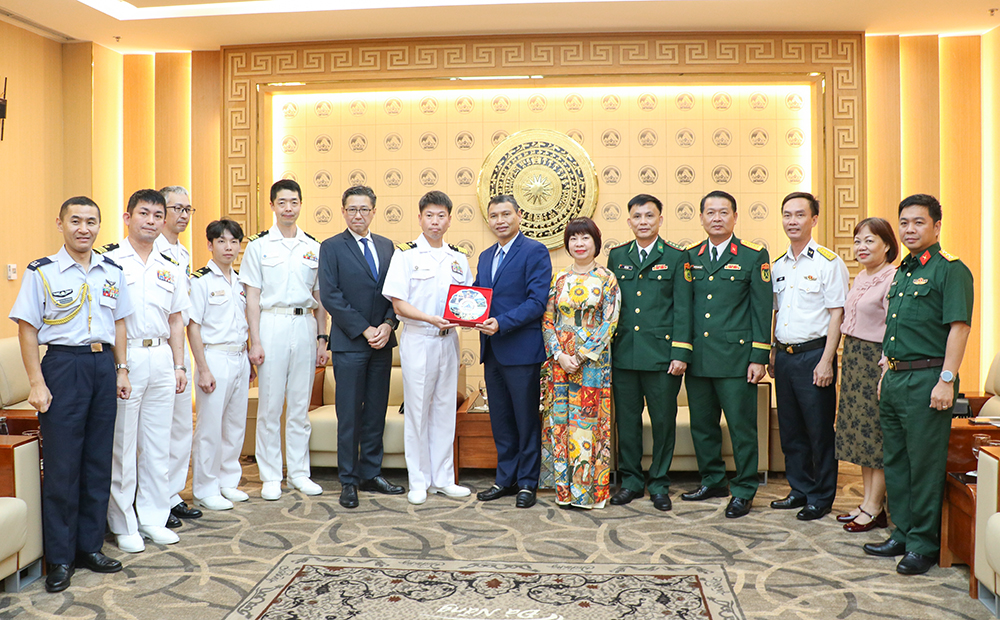
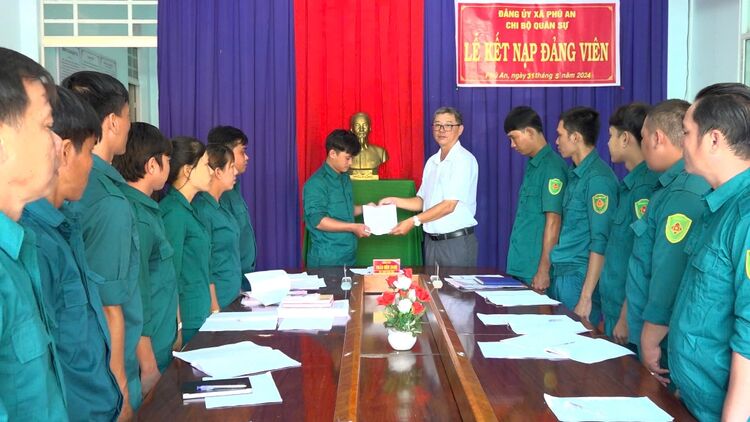

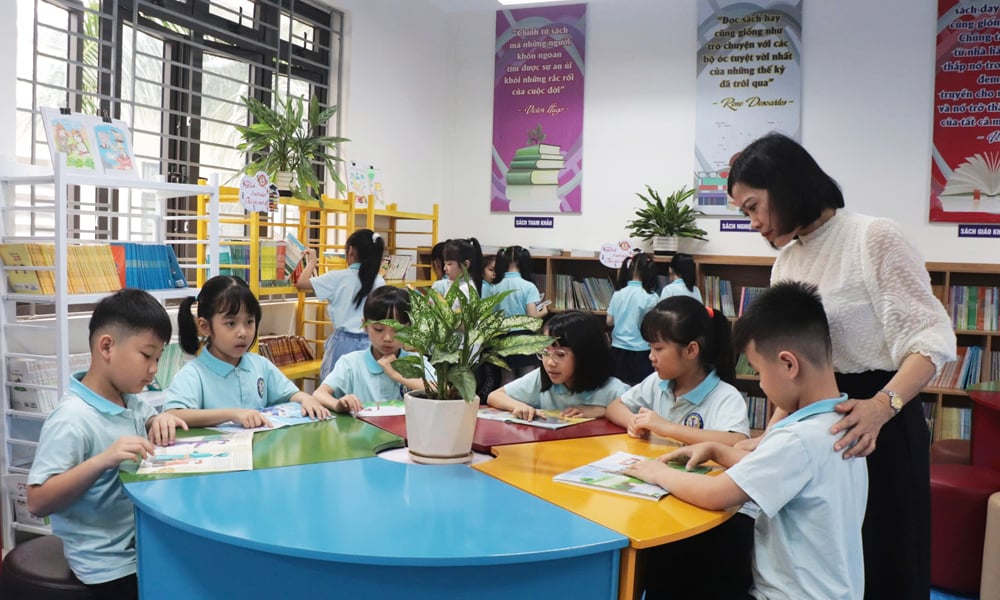

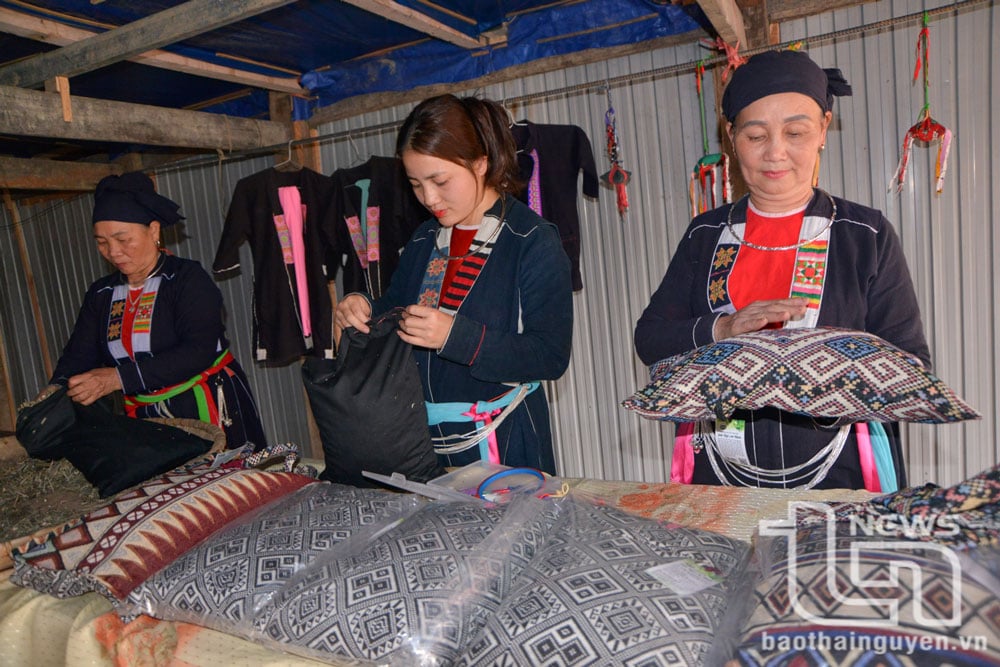







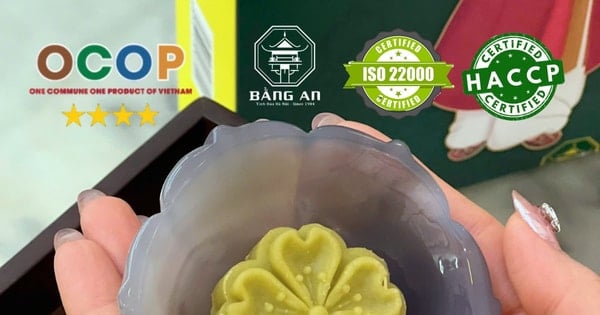
![[REVIEW OCOP] An Lanh Huong Vet Yen Cat](https://vstatic.vietnam.vn/vietnam/resource/IMAGE/2025/3/27/c25032328e9a47be9991d5be7c0cad8c)

Comment (0)